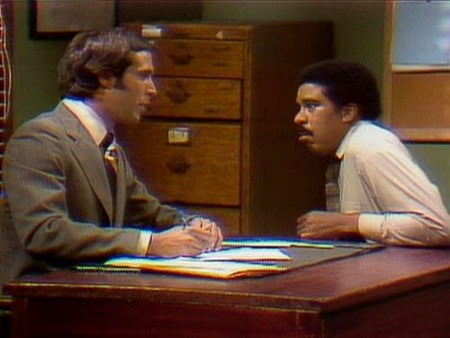Ken Adams, writing at his always insightful blog, Adams on Contract Drafting, comments on the use of terms such as “faithfully” to describe an employee’s performance obligations in an employment agreement. Ken concludes that terms such as faithfully, diligently, competently, industriously, etc., are too wishy-washy to be of any practical use. Instead, he suggests that you “be as specific as possible regarding an employee’s duties”—
For lack of anything more tangible, drafters throw in faithfully and the like. But I don’t think it does any good. In a contract you might well say that the employee is obligated to perform duties specified by the CEO (or, in the case of the CEO, by the board of directors), is obligated to work full-time, and can be fired for specific transgressions. Beyond that, you face the question of whether the employee will do a good job and be successful. Unless you come up with quantifiable targets, imposing on an employee an obligation to be successful wouldn’t work. So drafters make impotent gestures in that direction—that’s where faithfully comes in.Even though I agree with Ken, terms like “faithfully” do serve a legal significance in employment agreements. They intend to impose a heighted (or fiduciary) duty of performance upon the contracting employee. Unless a contract provides otherwise, an employee might now not owe a fiduciary duty to his or her employer. In many circumstances, employers want to ensure that they impose this obligation on managers and other higher-level employees. Thus, they use terms like “faithfully” to legally bind the employee to a heightened performance obligation.
The, problem, however, is as Ken points out. Performance obligations such as “faithfully” are too vague and subjective to be of any practical use. Sure, a court might use that word to impose a fiduciary duty, but a court could just as easily strike it for vagueness. Instead of using these indefinite terms of art that do not provide the employer or the employee any practical on-the-job guidance, employers should tie the obligations to specific performance standards. Consider the following example:
Employee shall devote all of his/her working time, attention, knowledge, and skills to Employer’s business interests and shall do so in good faith, with his/her best efforts, and to the reasonable satisfaction of the Employer.
Employee agrees to refrain from any interest, of any kind whatsoever, in any business competitive to Employer’s business. The Employee further acknowledges s/he will not engage in any form of activity that produces a “conflict of interest” with those of the Employer unless agreed to in advance and in writing.
The Employee understands that failure to reach benchmarks or performance terms provided by the Employer may result in reassignment, demotion, or termination. Employee further understands that reaching these benchmarks or performance terms constitutes a reasonable and substantial condition of employment, but does not in any way guarantee or promise continued employment.As for “faithfully,” I recommend we stick to cheesy soft-rock ballads.



